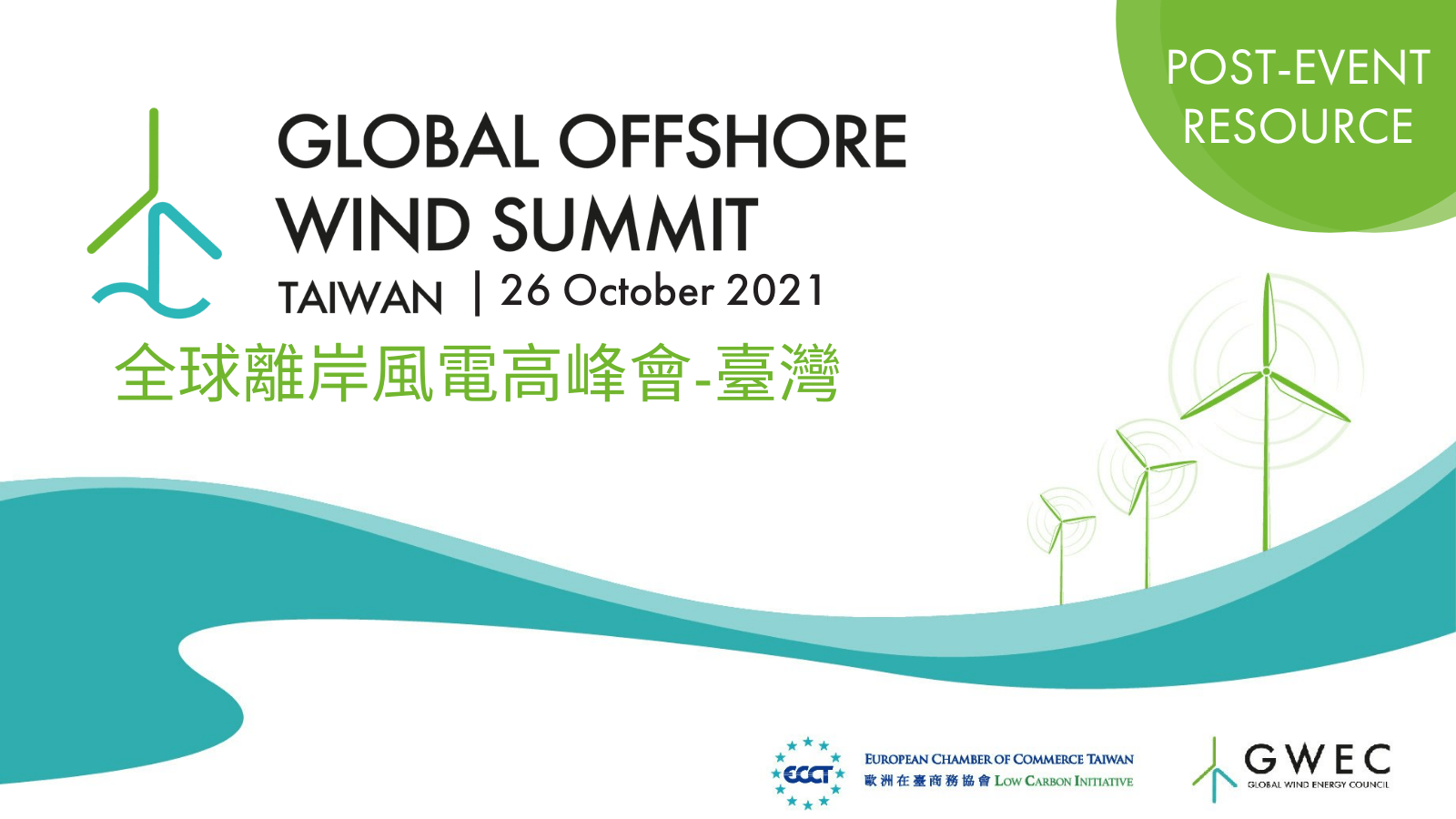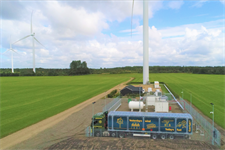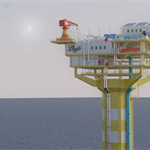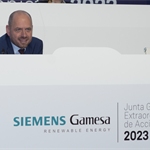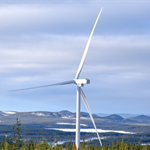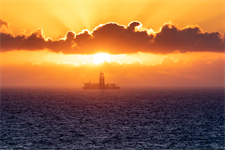Siemens Gamesa wind pilot delivers first green hydrogen to zero-emission vehicles
Energy Disrupter

Siemens Gamesa has delivered its first wind-produced green hydrogen from a Danish pilot project to zero-emission vehicles.
Its Brande Hydrogen project in Denmark produced its first green hydrogen as part of the testing and commissioning phase. The Danish government earlier this year designated the project as an official regulatory energy test zone.
Siemens Gamesa’s project partner Everfuel — headquartered in Denmark and with activities across northern Europe — now distributes it to hydrogen stations in Denmark, enabling vehicles such as fuel cell taxis to use a green fuel supply.
Industrial-scale production of green hydrogen is seen as a key pillar in achieving carbon neutrality by 2050, especially for use in hard-to-decarbonise sectors such as aviation, shipping and heavy industry.
“Our hydrogen-producing wind turbine is an example of the innovative projects that will help shape the emerging clean-fuel market and accelerate the green energy transition as we integrate unprecedented amounts of renewable energy into the energy system,” said Poul Skjærbæk, chief innovation officer in the service division at Siemens Gamesa.
“We are very proud to have reached yet another milestone in making this vision a reality – getting our first 100% green hydrogen out to the consumers.”
The Brande Hydrogen set-up couples an existing onshore Siemens Gamesa SWT 3.0-113 DD wind turbine with a 400kW electrolyser stack from electrolysis partner Green Hydrogen Systems.
Siemens Gamesa is also using the Brande Hydrogen site to explore whether integrating new battery technology as an upgrade to the co-located turbine and electrolyser can contribute to grid stability and help address issues around the variability of wind.
The Brande pilot runs in “island mode”, meaning it powers an electrolysis stack while not connected to the electricity grid. The project can also operate while connected to the grid, Siemens Gamesa stated.
Siemens Gamesa is also planning to carry out large-scale offgrid offshore trials with electrolysers installed in a 14MW turbine by 2025/26

